The cataclysmic earthquake in Lisbon was enough for its citizens to doubt in God’s benevolence.
In the realm of Earth’s outnumbered natural disasters, this one is undoubtedly the least famous.
The terrible event occurred in series of earthquakes on the morning of 1st November, 1755.
It caused massive damage to the city of Lisbon and demolished around 12,000 households, killing over 60,000 people.
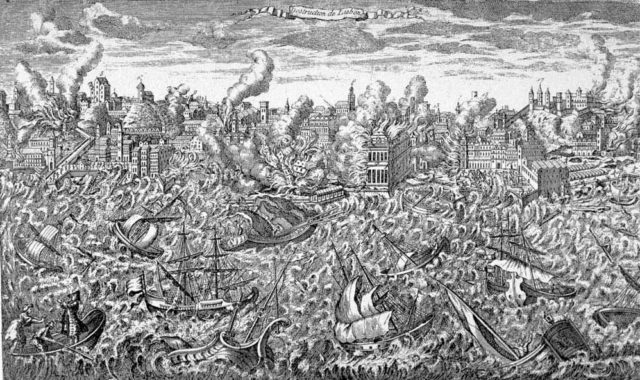
November 1st is All Saints’ Day and many people were attending the churches whose architecture was unresistant to seismic tremors.
This unfortunate coincidence was definitely one of the factors that contributed to the extremely high death toll in this event, as the present crowd that stood between the weak walls of the churches was crushed in large masses.
The port town of Lisbon had a critical role in trading and many routes were connected with the city.
The city walls, houses and buildings couldn’t escape the 8.0 magnitude of the earthquake. Around 85% of Lisbon’s buildings were reduced to rubble.
Reportedly, the earthquake lasted about 5 minutes, causing 5-meter fissures in length which split-opened in the city center.
To make matter worse, the tremors caused 3 tsunamis of 6 meter wave length which were engulfing the region wave after wave, killing even more people.
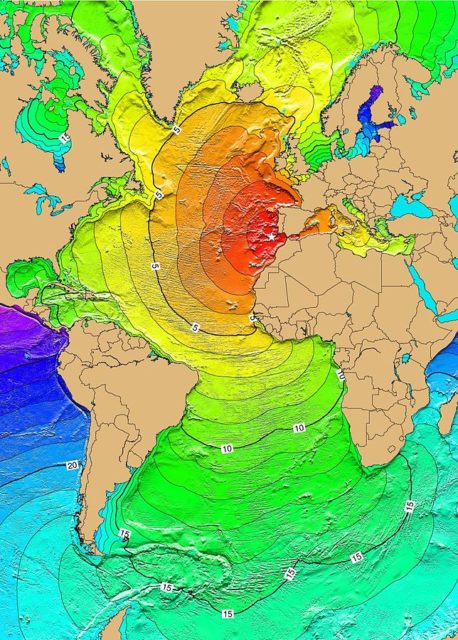
If the tsunamis hadn’t sufficiently demonstrated God’s unforgiving wrath, then the fires that broke out after the earthquakes surely were.
The flames lasted for 5 days and destroyed many important documents and records of the populace.
This provided an unverified data of the death toll, leaving doubts if the exact number is over 60,000 or from 10,000-50,000 citizens.
No one can be absolutely sure, given that many victims perished from inhaling the smoke as well as other indirect factors of collateral damage.
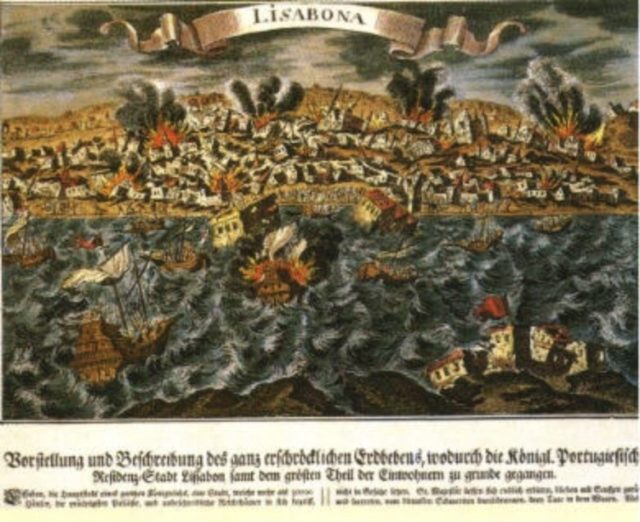
The ensuing chaos quickly prompted the citizens, including prisoners that used their chance of escape, to flee the city and run for their very lives.
Surviving folk soon began questioning God’s relevance and opened up many issues among thinkers, the clergy, politicians, and philosophers.
Another theory considers this terrible event as one of the first modern atheistic movements, renouncing religious ideologies as means of critical thinking.
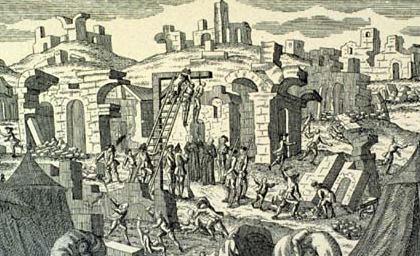
Lisbon’s authorities did actually announce that the earthquake was indeed a demonstration of God’s wrath.
The citizens’ sins were reputed as one of the many reasons.
Amusingly enough, some of the authorities didn’t agree upon this claim, emphasizing that Lisbon’s red-light district miraculously suffered only minor damages while the churches were completely obliterated.
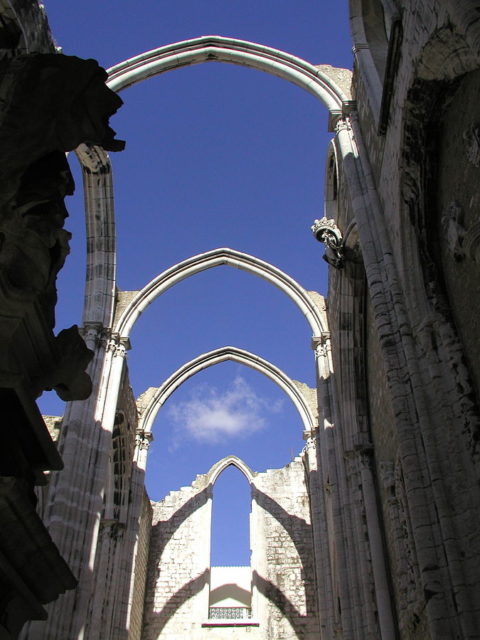
The Lisbon Earthquake of 1755 certainly left its mark on the world’s cultural heritage as well as on the aspects of religion and philosophy.
The odd coincidence that this horrendous catastrophe happened during a religious holiday still echoes in dialectics and religious discussions.
Many references, inspirations and mentions of this event can be found to this day and one of them is in the historical video game Assassin’s Creed.
